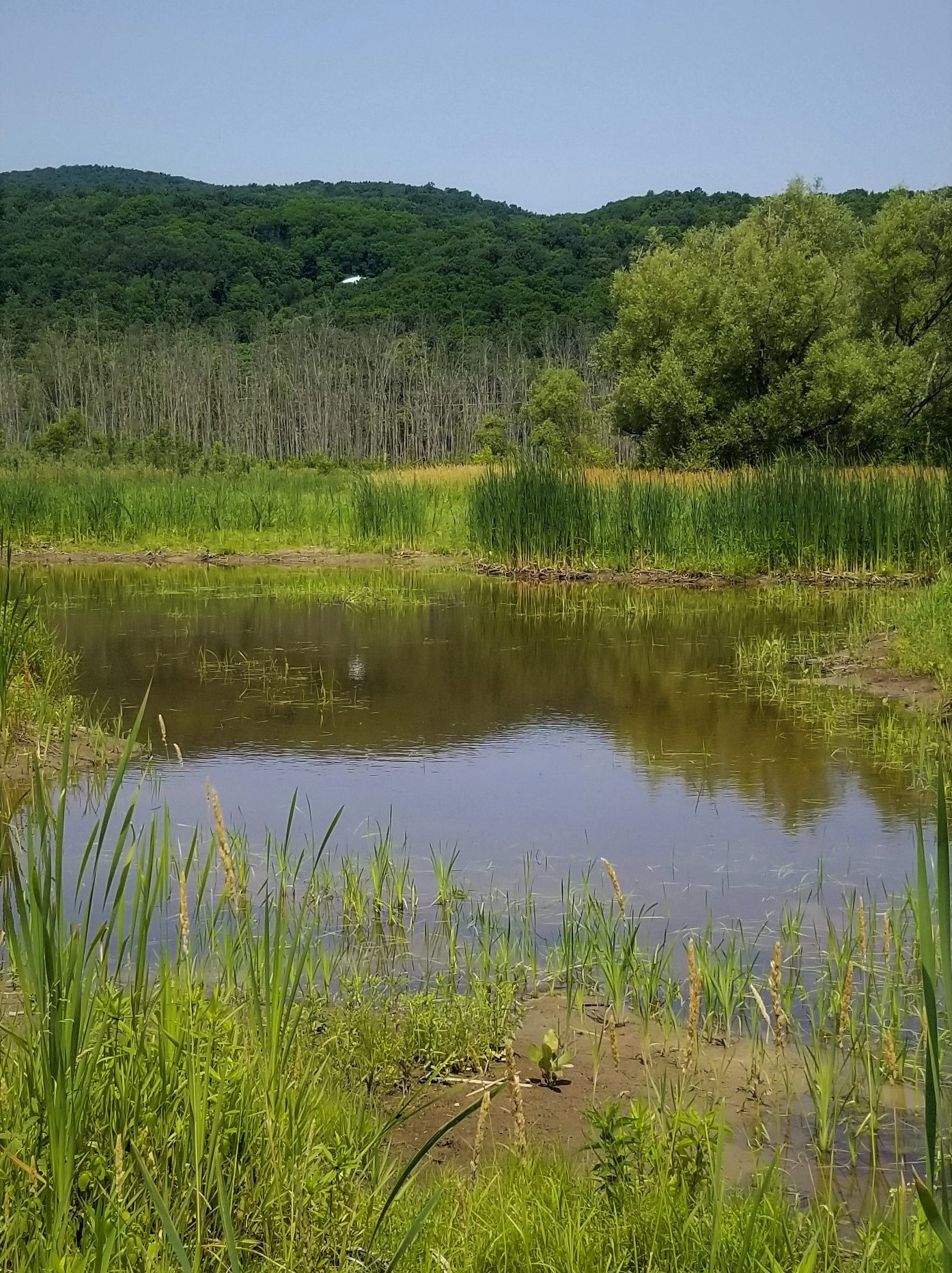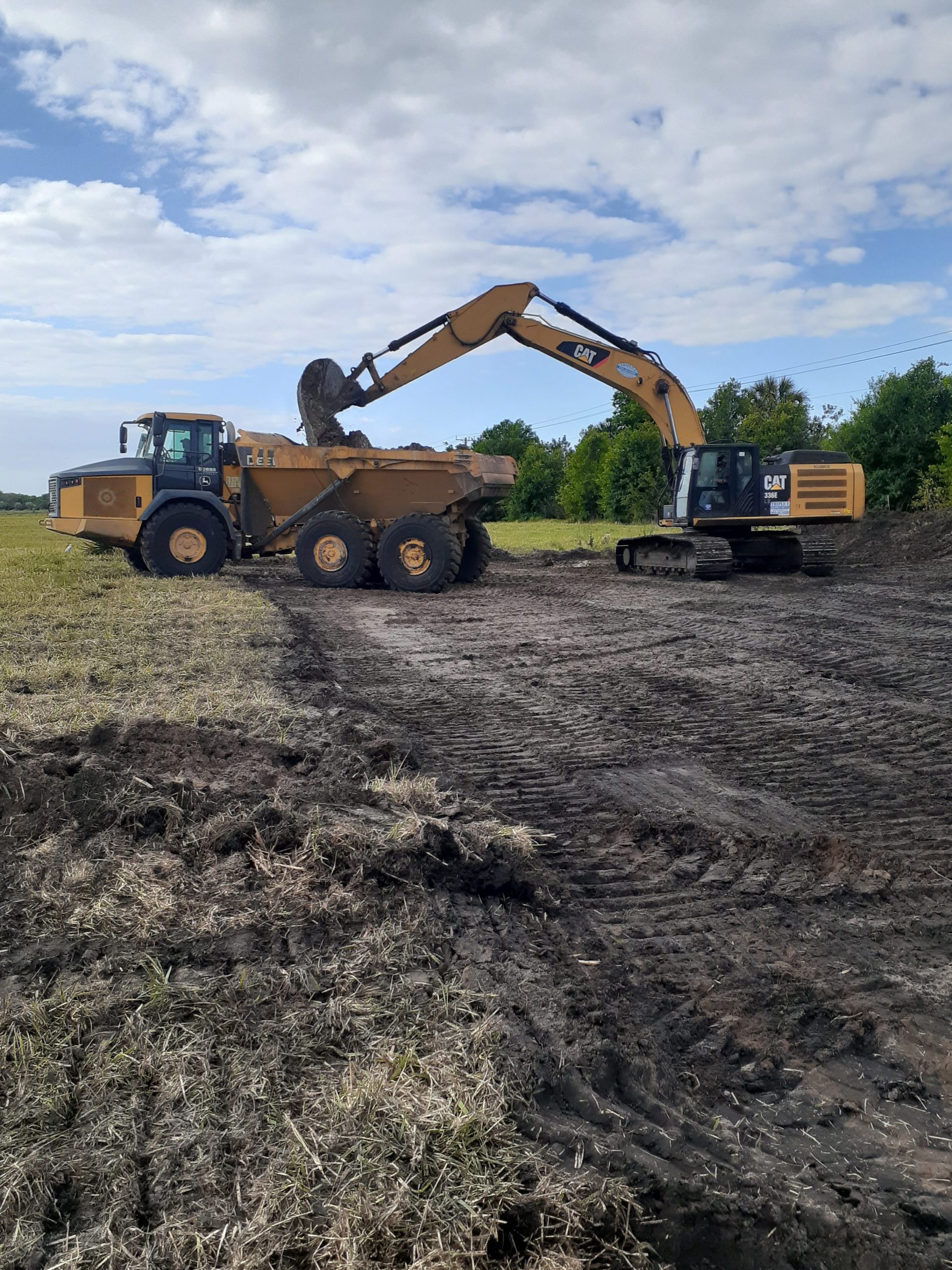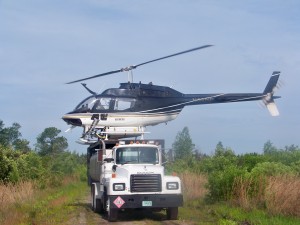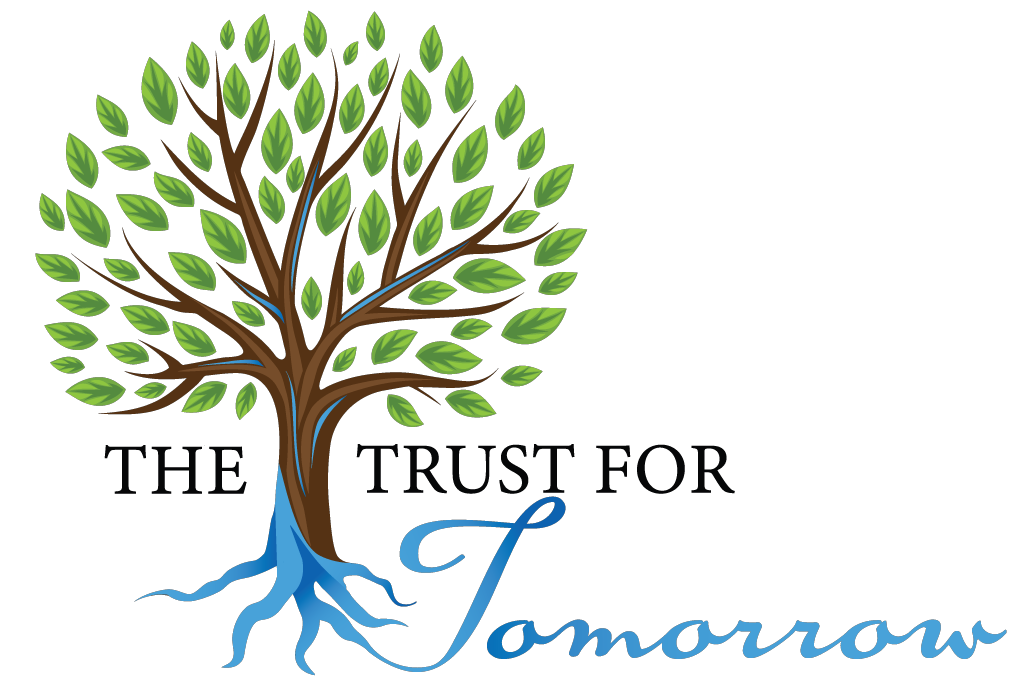Technical Assistance for Wetland Restoration
Outreach, Correspondence and Project Enrollment
Identification of landowners and associated land, determine landowner goals, site eligibility, processing of all forms and documents for landowner enrollment into programs

Property Surveying, Site Evaluation and Design
Land surveying, conservation plans, topographic surveys, project stake-outs, engineering designs including permitting, construction estimates, and erosion & sedimentation plans

Construction Oversight and Monitoring
Subcontractor selection, construction management and quality assurance, as-built certifications, annual monitoring of easements and Compatible Use Agreement (CUA) development

Since its inception in 2009, the Trust has had a strong commitment to ensuring that our restoration efforts equate into tangible on-the-ground results. We have accomplished this by working in close partnership with federal, state, and local conservation agencies, non-governmental organizations (NGOs), and local farmers and landowners to deliver a targeted, comprehensive landscape approach to the improvement of water quality and wildlife habitats in critical watersheds. The Trust has built a reputation on providing efficient and cost effective technical assistance using our “boots on the ground” approach to project delivery. This success has led to a number of cooperative agreements with the USDA Natural Resources Conservation Service (NRCS) to provide delivery of Wetland Reserve Program (WRP) and Agricultural Conservation Easement Program – Wetland Reserve Easement (ACEP-WRE) projects.
We currently provide technical assistance in multiple facets across ten different states, including NY, PA, NC, TN, GA, FL, MS, LA, AR and AL.
Check out an example project below:
“This 112.8-acre easement is located in Catahoula Parish, LA. The easement consisted of existing bottomland hardwoods, an existing levee with a water control structure and prior converted cropland. We improved the levee and replaced the existing structure with two structures as well as added a structural emergency spillway, creating a 14.7-acre shallow water area. We also created a 1.96-acre microtopography feature to hold shallow water semi permanently. This adds to the habitat diversity of the property. We also planted native bottomland hardwood trees. This project took a total of three years to restore.”
– Brittany Edwards, Wetland Restoration Specialist
The Trust utilizes a number of conservation practices to restore habitat across a diverse range of landscapes and improve their existing conditions. The Natural Resources Conservation Service’s (NRCS) conservation wetland engineering and biological practices are used to address the problem areas identified onsite. Some of these practices include:
Vegetative Management
Brush Management, Herbaceous Weed Control, Prescribed Burning, Forest Stand Improvement, Firebreaks
Vegetative Establishment
Conservation Cover, Critical Area Planting, Tree and Shrub Site Preparation, Tree/Shrub Establishment


Habitat Improvement
Wetland Wildlife Management, Upland Wildlife Habitat Management, Wetland Restoration, Wetland Enhancement
Structural Enhancements
Dike Construction, Fencing, Stream Crossings, Structure for Water Control
